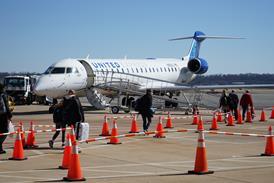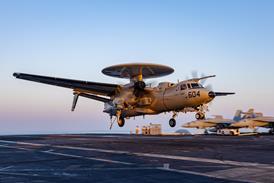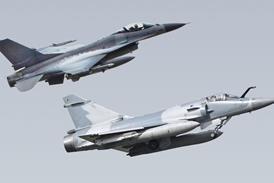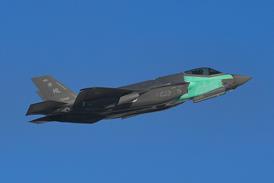Last year saw more airline fatal accidents and fatalities worldwide than any 12-month period since 2018, raising the question as to whether a decade or so of safety performance improvement has begun to reverse.
Indeed, the fact that there were two high-profile crashes in the final week of 2024 strengthened that perception. The figures for the year as a whole, however, indicate that such an impression is misleading, and the comparison with annual figures for the last decade do not indicate a statistically significant change.
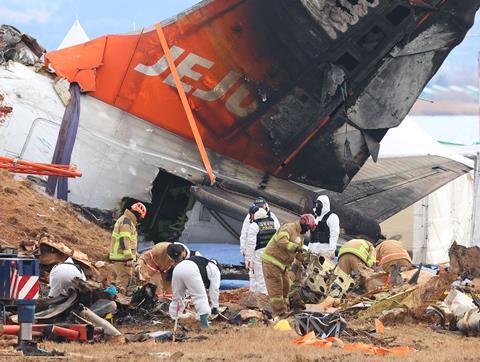
There were 16 fatal accidents and 333 resulting fatalities last year, according to our reporting, compared with only six and 115, respectively, the previous year. That, however, is a misleading comparison because 2023 was the safest year in the history of the global commercial air transport industry.
The two major accidents last month hit the news media particularly hard because they both involved scheduled passenger jets, and the casualty numbers were high.
On 25 December, an Azerbaijan Airlines Embraer 190 that had taken off from Baku, bound for Grozny, Russia, was damaged when it was hit by a suspected surface-to-air missile or drone in a conflict zone near its intended destination related to the Russia-Ukraine war.
The crew attempted a diversion to Aktau, Kazakhstan but the aircraft crashed while approaching that airport, killing 38 of the 67 on board.
On 29 December, the crew of a Jeju Air Boeing 737-800 that had taken off from Bangkok, Thailand declared an emergency – reportedly following a bird strike – and attempted to land at its destination, Muan airport in South Korea, but overran the runway at high speed and struck a perimeter wall, killing 179 of the 181 people on board.
Combined, those two accidents added 217 to the annual total of fatalities, with the deadliest loss in 2024 prior to December having involved a Voepass ATR 72-500 which crashed after encountering icing conditions near Sao Paolo, Brazil on 9 August, resulting in 62 deaths.
Last year had also started dramatically, with two serious incidents in the first five days of January, which did not result in fatalities aboard the airliners involved. But for highly skilled action by the crews of both aircraft, 556 people could have died, illustrating how finely-balanced the management of risk still is despite today’s technologically sophisticated airline operations.
On 2 January 2024, a Japan Airlines Airbus A350-900 with 379 people on board collided during a night-time landing at Tokyo Haneda airport with a De Havilland Canada Dash 8 – operated by Japan’s Coastguard – which had lined up on the active runway without clearance. All except one of the Dash 8 crew died, but although the A350 slid to a halt in flames, all on board evacuated safely.
The other near-disaster, on 5 January, involved an Alaska Airlines 737 Max 9 which suffered a dramatic depressurisation when a mid-cabin exit door-plug blew out at 16,000ft. The incident was the result of a mistake made by Boeing staff when they carried out a post-maintenance re-mounting of the door plug. The crew handled the emergency depressurisation drill skillfully, and there were no fatalities among the 177 people on board.
Full detail and analysis of all the fatal accidents – and significant non-fatal events – will be available in our annual review of world airline safety for 2024, coming soon on FlightGlobal.com and in Flight International’s next issue.

